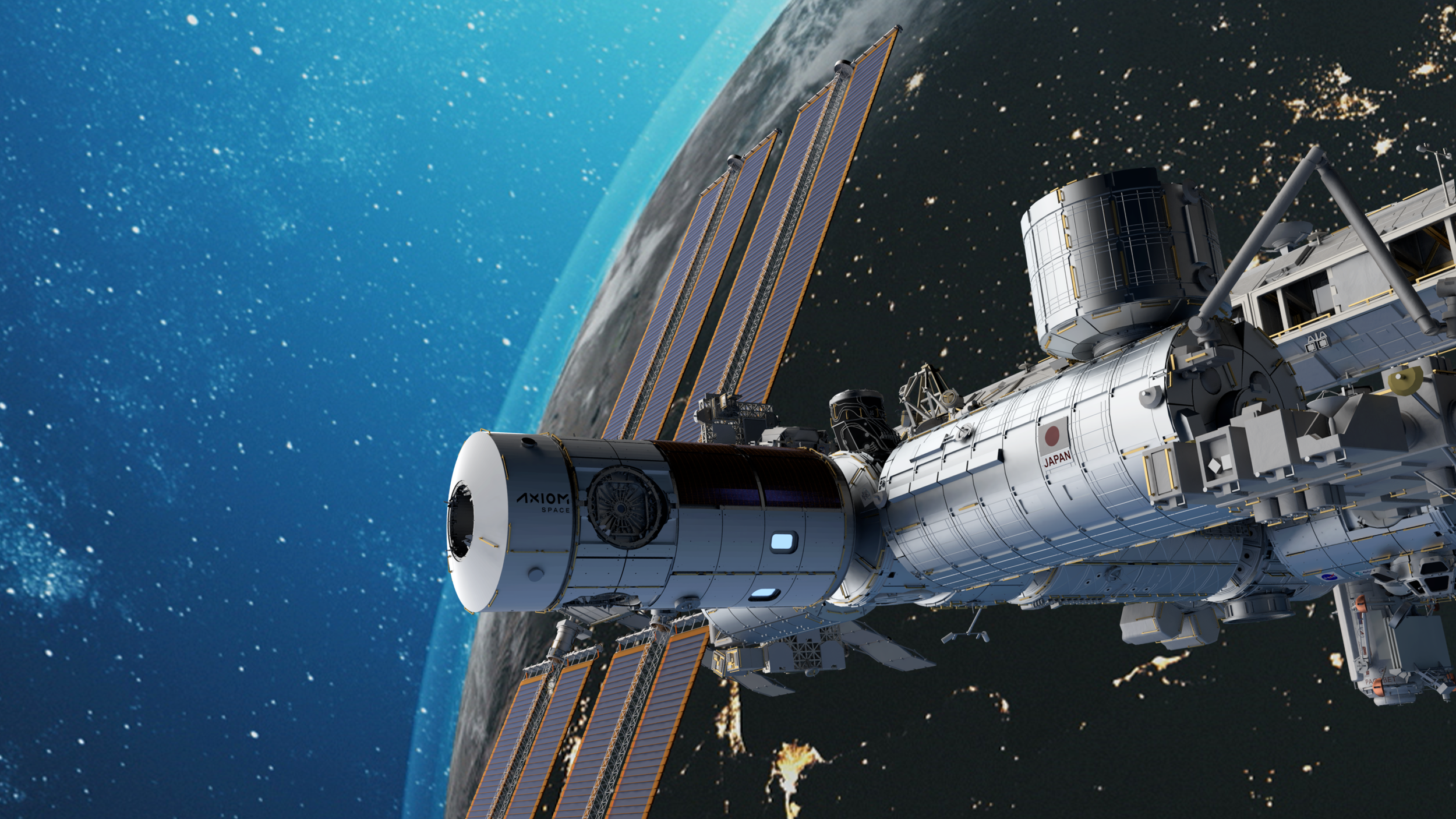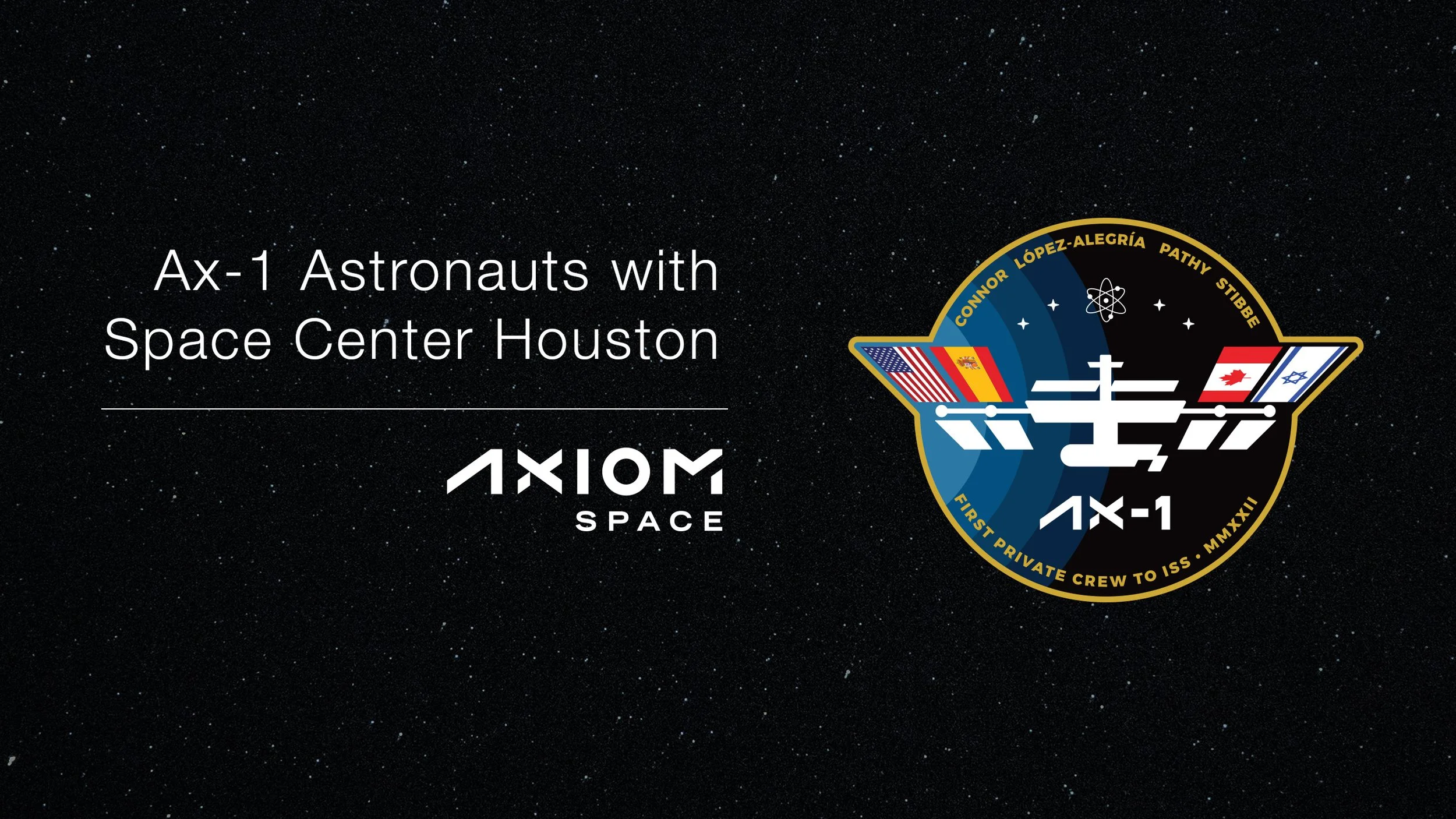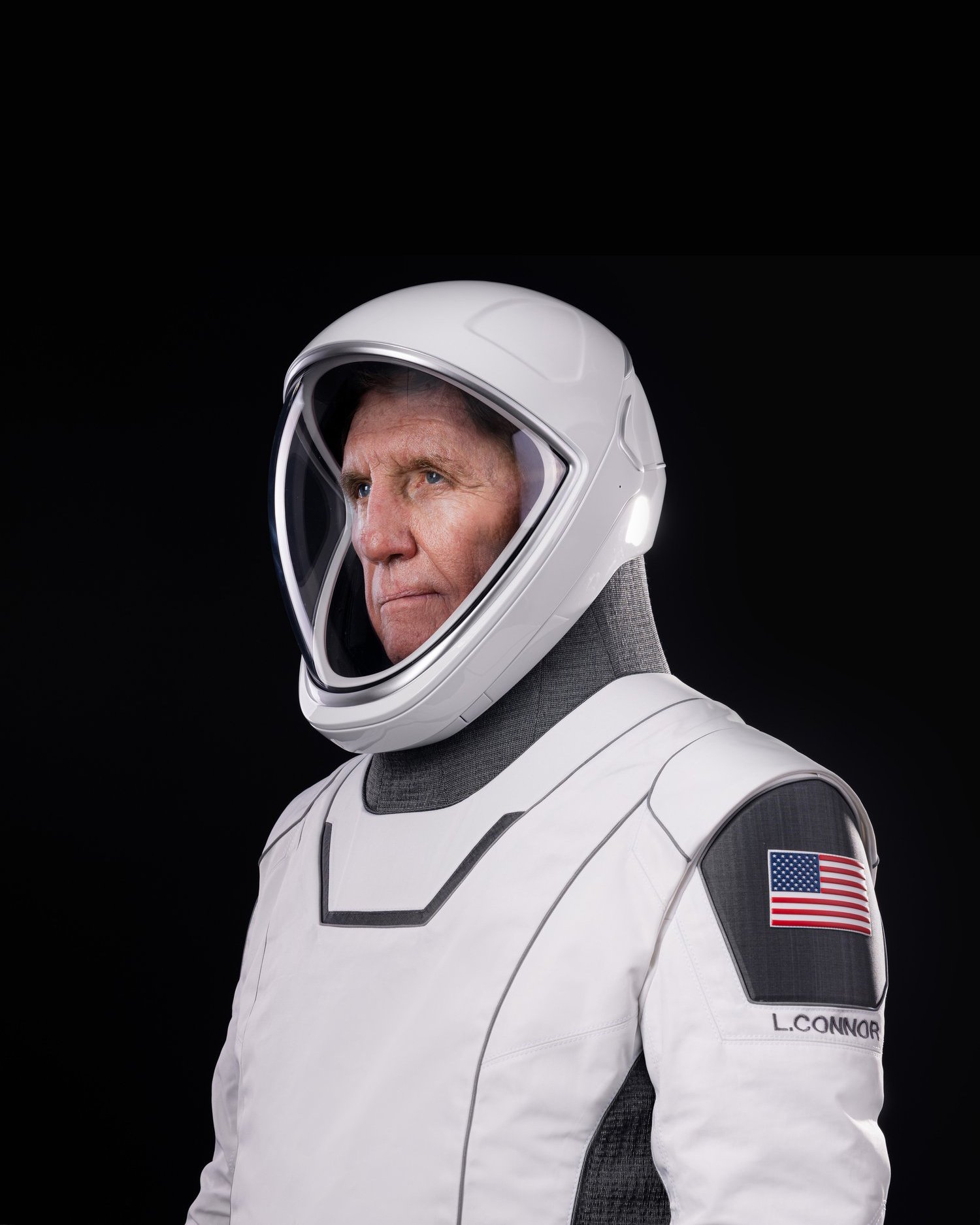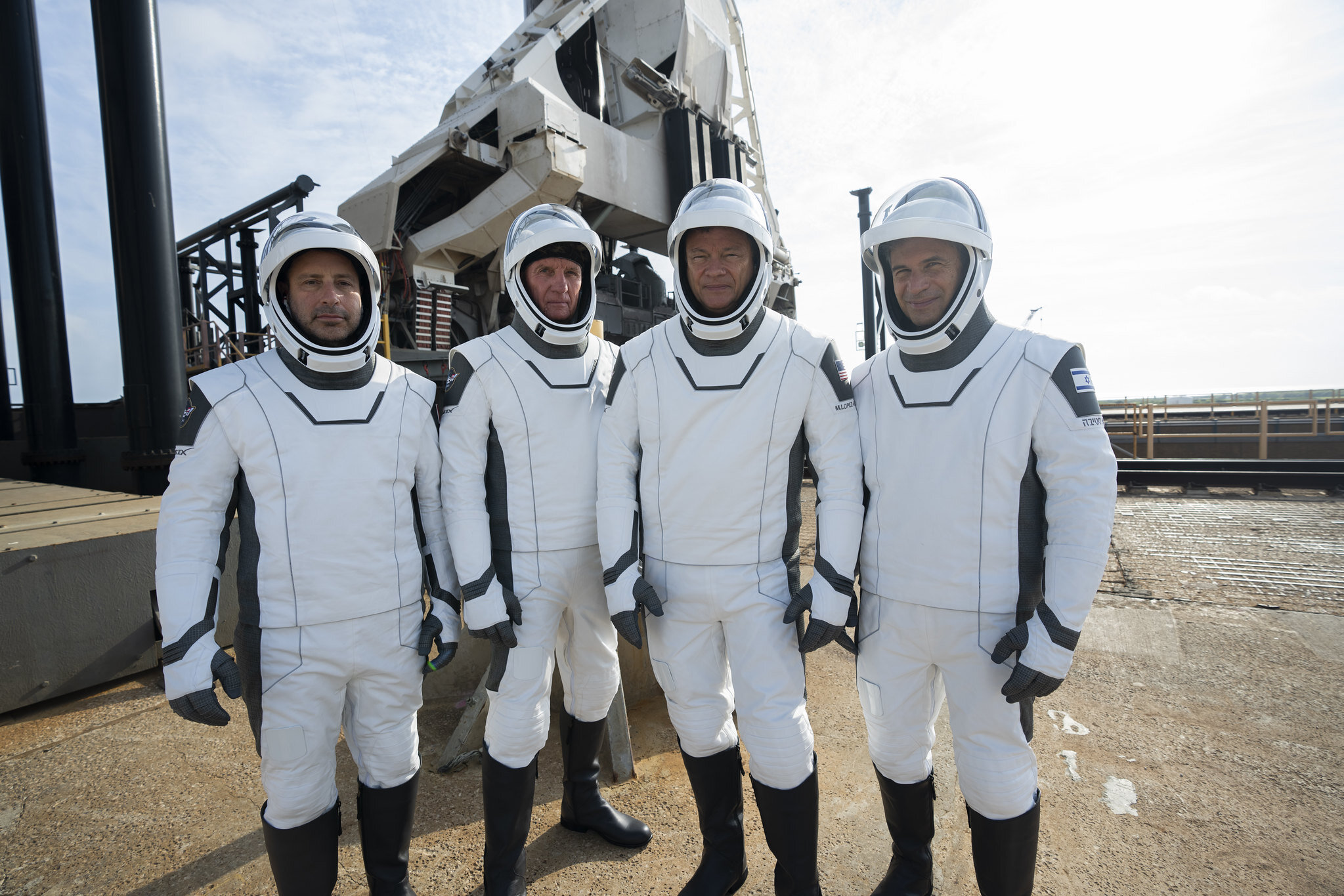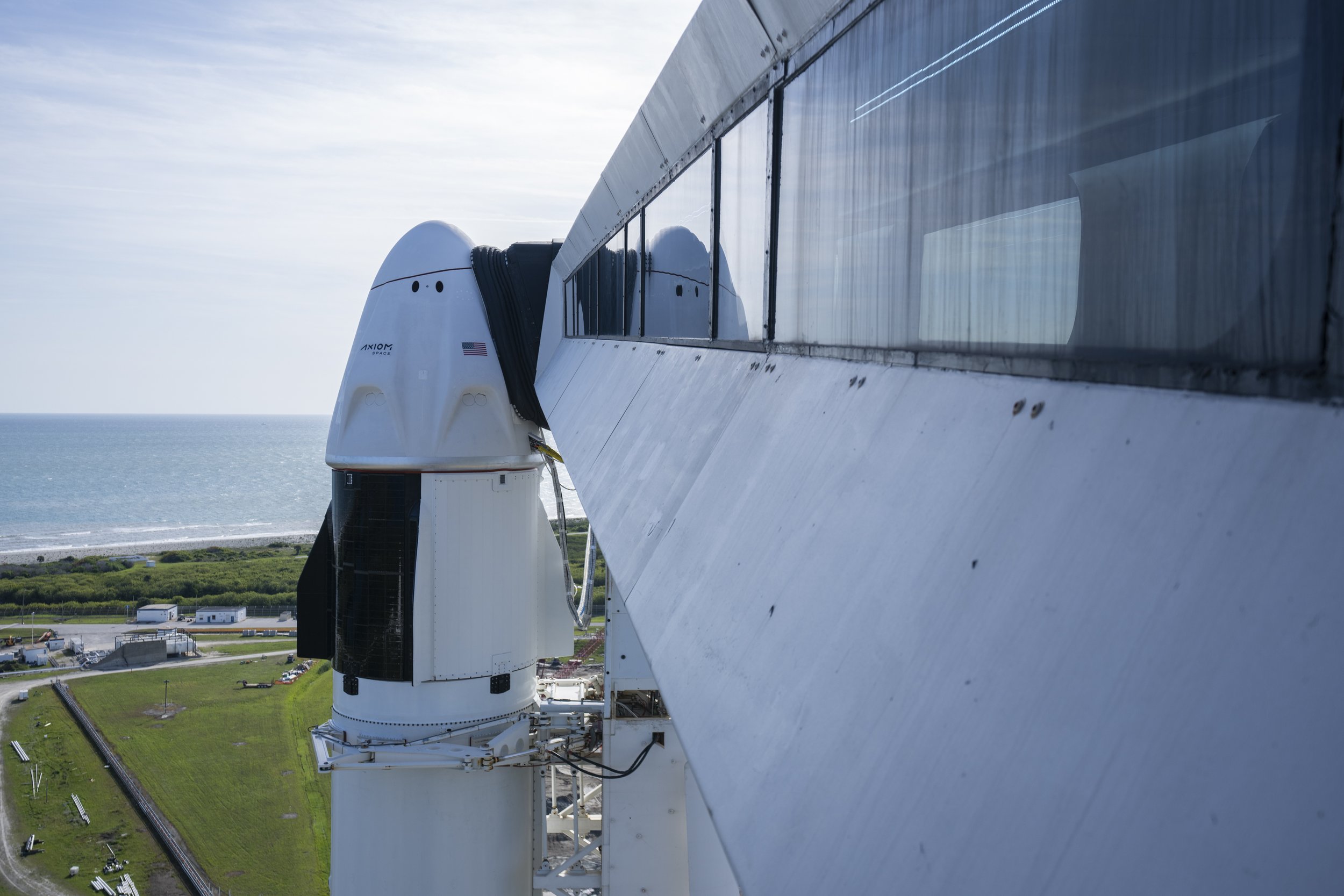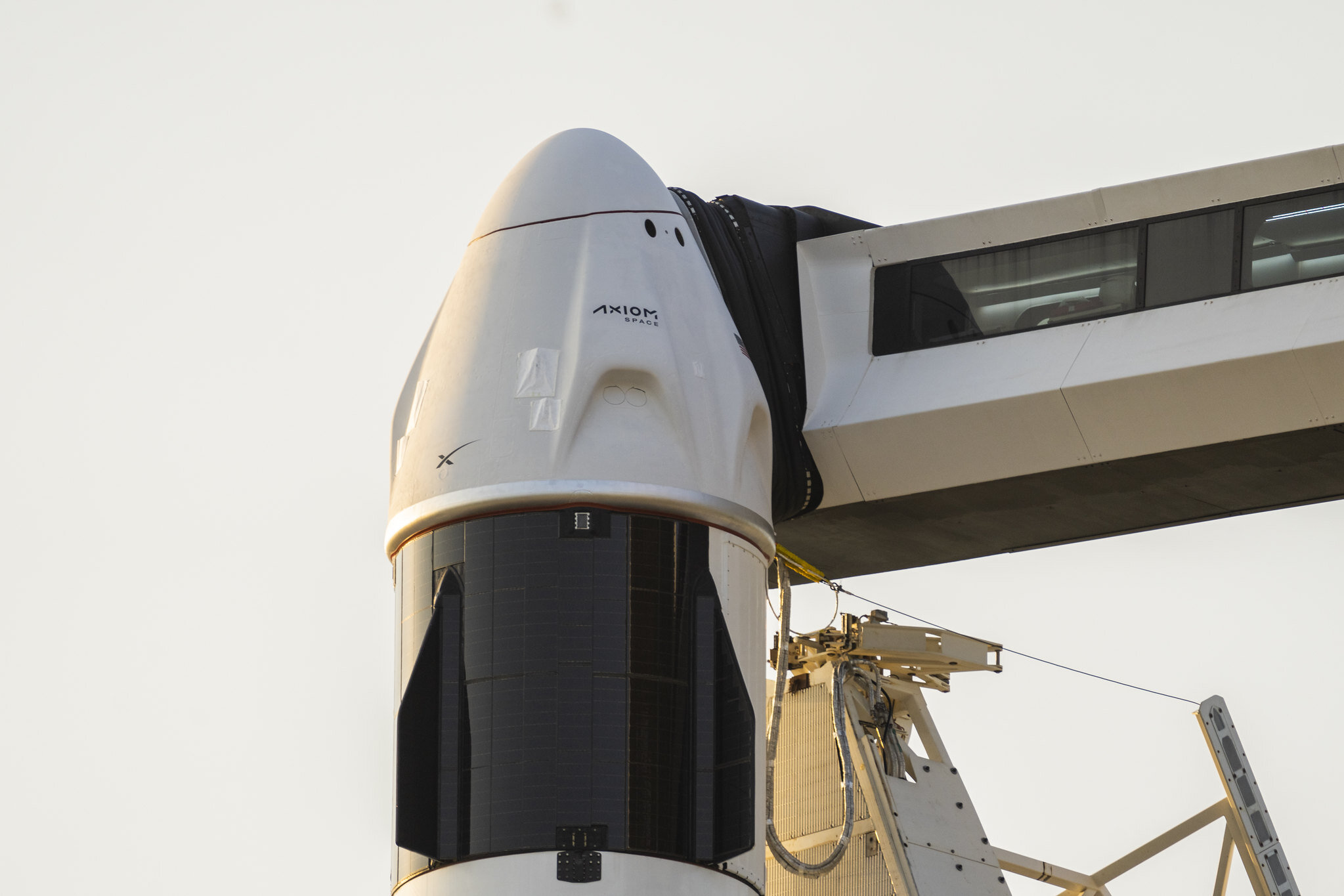Ax-1 Mission Specialist Mark Pathy waves to the camera during an outreach event aboard the ISS.
Ten days down and two more to go until the conclusion of Axiom Mission One (Ax-1), the historic all-private astronaut mission to the International Space Station.
After arriving at the ISS with more than 25 experiments to complete, the Ax-1 crew is wrapping up the remaining science activities and are packing and preparing cargo transfers for return to Earth. They will bring back with them important data that will benefit future human spaceflight pursuits and humankind on Earth.
As the ISS moves over storms on Earth, Commander Michael López-Alegría and Eytan Stibbe performed additional sessions of the ILAN-ES project by photographing lightning bolts in the atmosphere from above. Researchers and students have been simultaneously photographing the same lightning strikes from ground stations in specific locations across the world. This citizen science project aims to better understand the structure and behavior of lightning while enabling hands-on scientific engagement and international collaboration.
López-Alegría, Stibbe, and Larry Connor completed the final session of the neurowellness research by monitoring brain activity with a high-density EEG system. During the mission, the crewmembers have been utilizing a novel dry sensor EEG device to take two recordings per day of up to 10 minutes. This study demonstrated an innovative EEG system for cognitive assessment and training for long-term space mission research.
Stibbe gathered images for the Nano ISS Antennae study, which will validate flexible communication antennae folding and deployment under microgravity conditions. Developed by NSLComm, this technology is a unique deployable reflector antenna to enhance high bandwidth communications.
In addition, Mark Pathy completed the BioMonitor study. The conclusive results of this activity will help investigate new analysis techniques to detect negative effects on the interaction of the heart, lungs, and circulation through real-time monitoring.
The crew is continuing to complete daily questionnaires related to sleep, pain, and understanding "home-life." This collection of personal data will help unravel the mysteries surrounding chronic pain and sleep disturbances during space travel.
When the Axiom astronauts depart from the orbiting lab, they will return to Earth with critical insight after dedicating their time conducting human tended research and life-changing science and technology demonstrations in partnership with leading global organizations, including the Mayo Clinic, Montreal Children’s Hospital, Cleveland Clinic, and the Ramon Foundation. The results of these experiments will be used to provide important information about health and medicine on Earth and advance technologies to enable safer future space travel.
As they officially become the first fully private astronaut mission to the ISS, the crew’s combined efforts will have opened the door for a new era of space travel.



